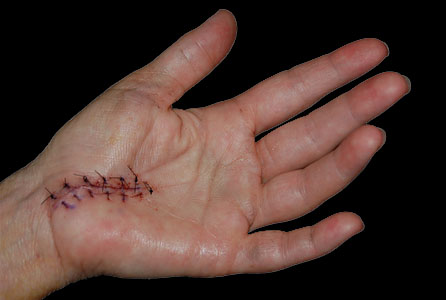
Cure Arthritis with Wrist Surgery
Basically, arthritis refers to joint inflammations, which could be quite extreme and could recur. Structural changes and pain might result from this condition, as well as debilitating stiffening within arthritic joint areas.
The human wrists and hands happen to have a lot of small joints inside of them. Just think about every diverse and small movement that you can make with your hands, like opening jars, pulling splinters out, and making use of screw drivers. Whenever your body is free of pain and disease, such movements seem seamless and easy and even done without much thought to anything that might be happening under the hand surface.
This is because every movement gets padded by cartilage in-between each joint. Whenever this cartilage cushioning wears away, the human body will try to help out by producing fluid as a cushion. Sadly, this could still cause stretching, swelling and restricted range of motion along with some pain.
Two common kinds of arthritis exist in today’s day and age: osteoarthritis, which usually affects people who are older and progresses into numerous joints; and rheumatoid arthritis, which is a kind of arthritis that affects more body parts and is usually inherited.
Physicians can diagnose arthritis through x-rays and it can get treatment through medication; however, there are some times when it would be necessary to perform wrist surgery to fix the condition.
Various kinds of wrist surgery procedures exist that you could turn to for options. Before anything else, though, you have to look for reputable surgeons that are especially trained in hand and wrist surgery.
Wrist surgery options would include those that preserve each joint. In fact, if possible, this should always be the first choice. One other possibility includes the fusion of joints, where joints get fused together, making it impossible for them to make anymore movements.
This particular method can stop the pain; however, the result of a lack in mobility is something any person should take into consideration. The third option would be joint replacement. The majority of hand and wrist joints are replaceable, while this area’s technology improves by the day. Any material that is put to use in replacing joints might be made out of metal, ceramic material, metal or long-wearing plastic. They are all made for long function and overall life.
After wrist surgery, patients might be told to take part in a physical therapy regime that focuses on joint, hand, and wrist recovery. They might also be asked to wear support devices like splints.
A time period will come about where patients will have to curtail daily activities; however, after the general area heals completely, they will get to enjoy the effortless and full use of their hands once again.
